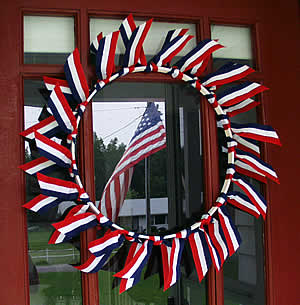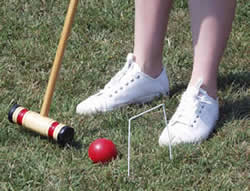Jelly Beans
 With Easter
With Easter
comes candy, most notably the jelly bean. Available in a variety of
colors and flavors, regular and gourmet versions, these small treats
appear in Easter baskets, party favors, and in candy dishes worldwide.
Small and sweet, jelly beans have been a staple at “penny candy”
counters for over one hundred years. The gelled center originated as
the Mid-Eastern sweet “Turkish Delight”, going as far back
as biblical times, while the candy shell is adopted from the same technique
originally used to make Jordan Almonds – “panning.” The jelly
centers are rocked back and forth in sugar, flavor, and color, creating
the somewhat hard, sugar coating.
Jelly beans have been sold (and eaten!) in the United States since the
late 1800’s. They became a popular Easter treat during the 1930’s. With
the development of gourmet flavors and colors in the late 1970’s, the
popularity of jelly beans greatly increased. Gourmet jelly beans have
since been part of the White House during Reagan’s presidency and have
even been on the space shuttle.
 Jelly
Jelly
Bean Nests
Chinese noodles make the nest, tinted coconut serves as grass, and jelly
beans are the eggs.
4 tablespoons butter (plus more for tin)
4 cups mini marshmallows
5 cups chow mein noodles
Butter a twelve-cup muffin tin and set aside. In a medium saucepan,
melt butter and marshmallows, stirring constantly. Remove from heat
and stir in chow mein noodles. Use buttered fingers or a buttered spoon
to press mixture into muffin tin. Allow to cool.
1 drop green food coloring
1 teaspoon water
1 cup dried, flaked coconut
 Combine food coloring
Combine food coloring
and water in a small bowl. Add coconut and stir until all coconut is
tinted light green. Allow to dry on a paper towel.
Free Jelly Beans in the Mail
Visit www.jellybelly.com to
complete a survey and they’ll send you free jelly beans.





